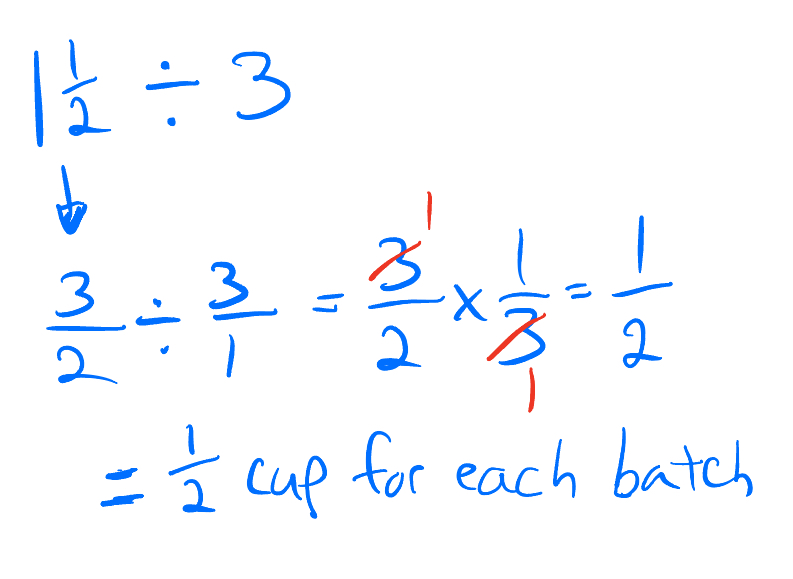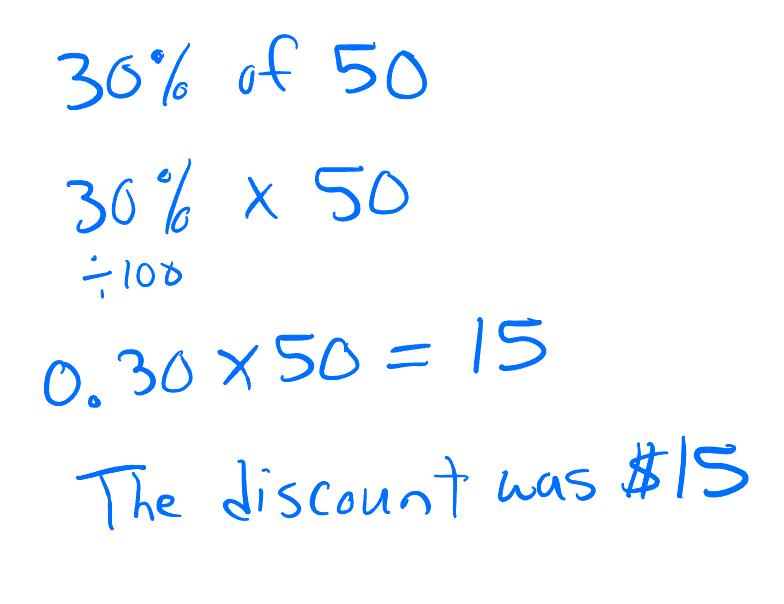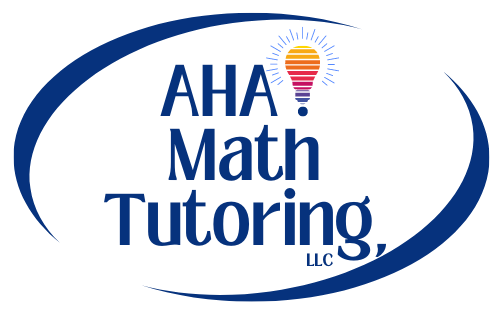Parent’s Guide to Understanding Middle School Math
To better understand Middle School math, it’s important to first understand adolescents and the impact of their brain development on math education. From around the ages of 11 to 14, adolescents go through another shift in brain development where among other things, their ability to do more abstract reasoning and increased metacognition occur.


Abstract Reasoning – The ability to understand concepts and think logically, without relying on concrete objects. For example, students can now understand a fraction without having to see a model of parts and wholes.
Metacognition – The awareness of one’s own thoughts, or ‘thinking about your own thinking’. This is where students begin to consider various approaches to a problem, choose the most efficient strategy, or even think about how to gather new information if they don’t know enough to solve a problem.
Studies have shown that exposure to math instruction has a significant impact on brain development, specifically with reasoning and cognitive skills. Now every time a student asks me either “Why do I need to know this?” or “When in life will I need to use this skill?”, I always like to say, “You’re helping the most important muscle in your body grow with every problem you solve!”
Additionally, students who are taught a growth mindset in math are often far more capable of developing stronger math skills than those with a fixed mindset. Check out this video that gives a great explanation of the importance of a growth mindset in math.
Growth Mindset
A belief that abilities can be developed through effort and practice, and that challenges are opportunities to learn and grow.
VS.
Fixed Mindset
A belief that abilities are fixed and cannot be changed. A focus is on proving one’s intelligence rather than on learning and growing.
Now that we understand how important brain development is, it’s good to know that math standards are designed with this in mind. That’s why certain math concepts are taught in specific grades and why the focus on skills changes as students move from elementary to secondary school.
What is being taught in Middle School?
Number Systems and Operations: This section covers the properties of numbers, including rational numbers (fractions and decimals), integers, and their operations. Students learn about prime and composite numbers, factors, multiples, and divisibility rules, as well as operations with fractions, decimals, and integers.
Ratio and Proportion: Middle school curriculum often includes the study of ratios, proportions, and rates. Students learn to compare quantities, solve proportion problems, and apply these concepts to real-world situations such as scaling and resizing.
Algebra: Algebra introduces students to more abstract reasoning by using letters and symbols to represent numbers and solve equations. It supports their ability to think logically and solve problems without relying on concrete examples. They learn to solve for unknown variables, understand basic algebraic concepts such as equations, inequalities, and functions, and represent situations using graphing skills.
Geometry: Students learn about geometric shapes, properties, and measurements. They explore concepts such as angles, triangles, quadrilaterals, circles, perimeter, area, volume, and geometric transformations like translations, rotations, and reflections.
Data and Statistics: Middle school students learn to interpret and analyze data through various statistical measures, graphs, and charts. They study concepts such as mean, median, mode, range, and probability, and make inferences based on data sets.
Word Problems and Problem Solving: Middle school math often emphasizes problem-solving skills through word problems that require the application of mathematical concepts to real-life scenarios. Students learn to translate math stories into mathematical expressions and equations, and then solve them using a variety of strategies. Students are encouraged to communicate their thinking, identify patterns with numbers, and use reasoning in a variety of ways.
Using Math Models
Encouraging students to use math models to solve problems is an important part of math education, even in secondary school. Math models allow students to build a conceptual understanding of the more abstract concepts they are learning in Middle School. These models also help students to communicate their ideas to one another, and allow them to do more math mentally as they can think about the visuals when problem-solving. Math models are the first step when learning a concept before we start showing students algorithms to solve problems.
Math Model
A visual representation of a mathematical problem that can be used to find a solution
VS.
Algorithm
A set of structured steps designed to solve a problem.
Question 1: 1 1/2 cups of flour were used to make 3 batches of cookies. How much flour was used in each batch?
Math Model

VS.
Algorithm

Question 2: A $50 shirt was on sale for 30% off. How much was the discount?
Math Model

VS.
Algorithm

Understanding Middle School math goes beyond simply knowing the concepts. It involves recognizing the cognitive development of adolescents and how it impacts their learning. By appreciating the importance of brain development and adopting a growth mindset approach, parents can support their children in navigating their math education. Remember, every problem solved is a step toward strengthening the most important muscle in the body – the brain!

About the Author
Crystal Paul
Let's Learn Together!
I’m on a mission to empower students to embrace challenges and cultivate a belief in themselves that they can learn and grow! If you’re ready to help your middle schooler rewrite the narrative around their math education, schedule a free 15-minute consultation to learn how virtual math tutoring can help.
